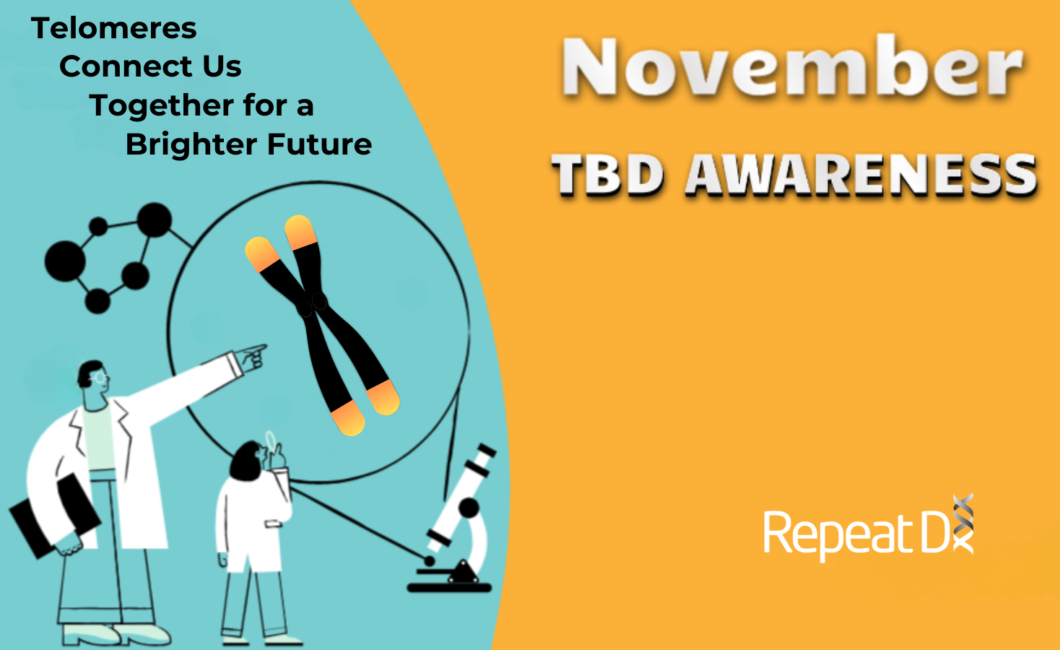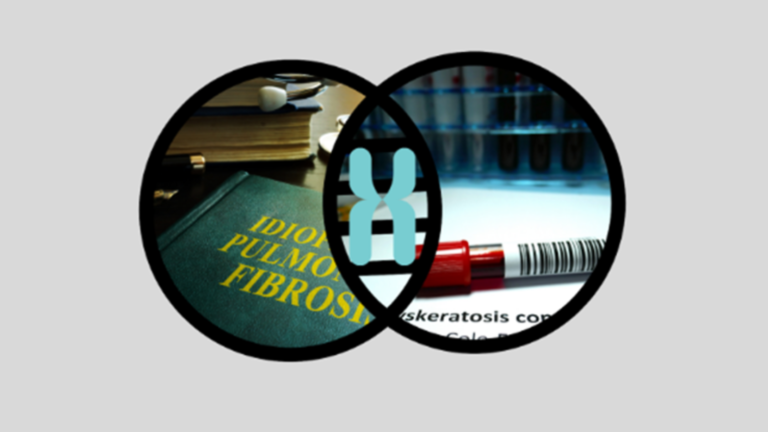
Highlighting the Importance of Telomere Biology Disorder Month
November marks Telomere Biology Disorder (TBD) Awareness Month—a time dedicated to illuminating a complex yet critical area of health that impacts many lives. This initiative is not only about spreading awareness but also fostering an understanding of the genetic underpinnings that influence our health.
Telomeres, often described as the protective caps at the end of our chromosomes, play a vital role in cellular aging and stability. Imagine them as the plastic tips of shoelaces; when these tips erode, the lace becomes frayed and no longer functions as intended. Similarly, when telomeres shorten at a fast pace or are too short from the beginning, it affects cellular function and can lead to disorders that impact one’s well-being.
For medical professionals, patients, families, and researchers, Telomere Biology Disorder Month offers an opportunity to come together and explore the significance of telomere length in clinical settings, the importance of diagnosis, and the potential for advancements in treatments. In this blog post, we explore these themes and offer insights into how telomere research is paving the way for better outcomes in treatments.
The Heart of the Matter: What Are Telomeres?
Telomeres are specialized structures composed of repetitive DNA sequences and proteins located at the ends of chromosomes. They serve as guardians protecting chromosome ends and prevent possible fusion with other chromosomes.
Interestingly, each time a cell divides, telomeres become slightly shorter. When they reach a critically short length, the cell can no longer divide and becomes senescent or dies. This natural process is crucial for preventing the unchecked division of potentially cancerous cells.
However, the premature shortening of telomeres can lead to telomere biology disorders, which can manifest as a variety of clinical conditions. These disorders have a telomere-related genetic basis and can affect multiple body systems. For patients and families, understanding telomeres’ role in their health can be empowering.
Raising Awareness in November
Telomere Biology Disorder Awareness Month is a critical time for education and engagement. Medical professionals can use this time to share and learn about advances in telomere research and their clinical implications or highlight areas where more questions remain to be answered.
For patients and families, awareness month is an opportunity to connect, learn more about the factors that may contribute to their conditions, and seek guidance on prevention and management strategies. Demystifying telomeres and the impact of telomere dysfunction by raising awareness helps shine a light on these disorders and contributes to growing a supportive community.
Team Telomere, a keystone non-profit organization dedicated to supporting individuals and families affected by Telomere Biology Disorders, offers many resources and support for those seeking more information. They also host several events year-round and throughout November to raise awareness, promote education, and foster research connections.
Clinical researchers are encouraged to seek collaborations in their efforts to study TBDs in rare diseases, it can be very challenging to test new ideas and discoveries conclusively when studies are relatively small. Fruitful collaborations are the catalysts leading to breakthroughs in understanding the mechanisms underlying Telomere Biology Disorders as well as expedite the development of innovative therapies.
The Crucial Role of Diagnostics
One of the cornerstones of healthcare is reaching a diagnosis. In the context of Telomere Biology Disorders, the ability to identify and diagnose these conditions has profound implications for patient outcomes.
The differential diagnosis process – testing for possible disease causes that present with similar symptoms – can determine the presence of telomere-related disorders. For medical professionals, incorporating telomere measurements into routine screenings when indicated can enhance diagnostic capabilities. See for which conditions or clinical presentations telomere length measurements may be indicated and how to order a test.
Dyskeratosis congenita and related Telomere Biology Disorders can present a challenge for clinical diagnosis due to their relative rarity and diverse clinical presentation. It is crucial that clinicians across key specialties have and take opportunities to learn about and in turn, teach colleagues when to suspect a possible TBD.
These disorders can manifest in various body systems, including blood, lungs, and liver. Advances in diagnostic tools, such as telomere length measurement and genetic analysis of associated genes, have improved the ability to diagnose these conditions. Ensuring broad access to coverage for these tests is essential for providing optimal treatment for patients. This personalized approach to medicine is becoming increasingly important in managing complex medical conditions.
Innovations in Clinical Practice and Research
Telomere Length Measurement is a powerful tool with impactful clinical applications, particularly in diagnosing Dyskeratosis Congenita and TBDs as well as informing treatment decisions for Idiopathic Pulmonary Fibrosis (IPF). In Pulmonary Fibrosis, telomere length measurement is not used in diagnosis but may aid in prognosis, therapeutic decision-making and timing, genetic counseling, as well as and advancing medical research.

The intersection of TBDs and IPF
Patients with TBDs can exhibit symptoms of PF as a primary symptom or diagnosis due to the shared underlying issue of telomere dysfunction. For a subset of PF patients, identifying an underlying TBD has important implications for:
- Disease progression: a PF with an underlying TBD diagnosis may lead to changes in frequency of monitoring and adapted clinical management for optimal outcomes.
- Monitoring possible other organ involvement and adapt treatments accordingly: The systemic nature of TBDs means that multiple organ systems may be affected simultaneously or will have vulnerabilities that need to be considered in the approach to care.
For clinical researchers, telomere length assessment along with other diagnostic tests or biomarkers plays a role in the personalized management care plan for these patients.
In basic research, telomere length studies will play an important role in assessing novel therapeutical approaches that aim to correct telomere deficiencies.
A Call to Action for Our Community
This November let’s unite in the mission to spread awareness and share information about telomere biology disorders. By working together, we can accelerate progress and bring hope to those affected by these complex conditions.
Whether you’re a medical professional looking to enhance your practice, a patient seeking answers, or a researcher eager to uncover new insights, there are ways to get involved. Attend conferences or seminars, join support groups, or contribute to ongoing research efforts. Your participation can drive meaningful changes and inspire others.
In closing, Telomere Biology Disorder Awareness Month is a time to shine a light on an essential aspect of health that goes unnoticed unless serious symptoms develop. Through education, collaboration, and innovation, we can connect in our goal to improve the lives of those impacted by telomere-related disorders and pave the way for a brighter future.
